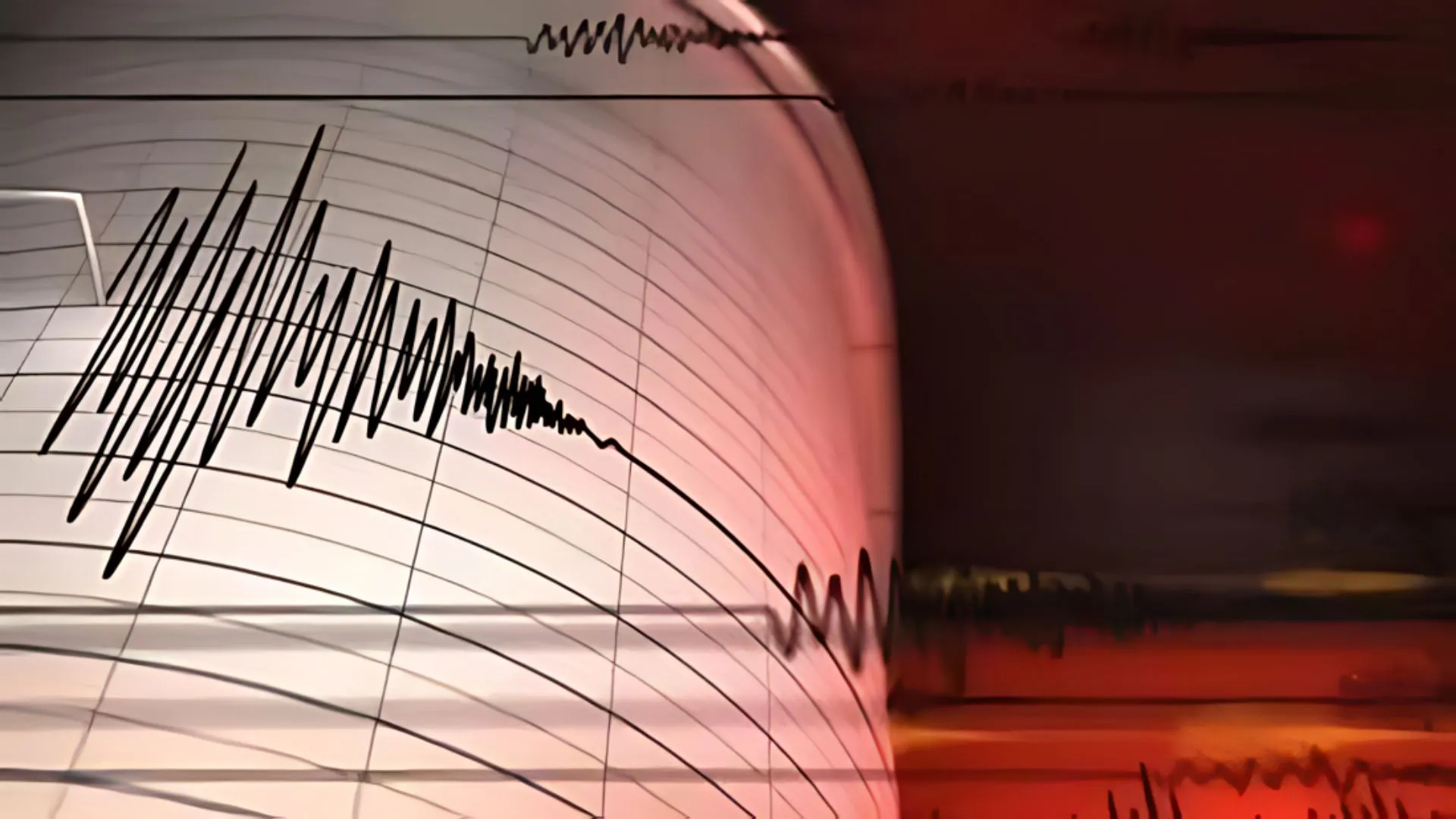Jet engines are something that is very commonly used for aerial propulsion in commercial as well as military applications. However, there was a time when, before World War II, jet engines mainly existed in labs. It was toward the end of the war that the power of jet engines was brought into utilization.
The development of jet engine technology has revolutionized aviation, enabling faster, more efficient flight. This journey began in the early 20th century, with significant contributions from pioneers like Frank Whittle and Hans von Ohain.
Early Innovations: Frank Whittle’s Turbojet
In 1928, British RAF College Cranwell cadet Frank Whittle submitted his ideas for a turbojet engine, refining his concepts by 1929. By January 1930, he had filed his first patent, which was granted in 1932. Whittle’s innovative design featured a two-stage axial compressor and a single-sided centrifugal compressor. Although inspired by A.A. Griffith’s work on axial compressors, Whittle later focused solely on the simpler centrifugal design for practical reasons.
By April 1937, Whittle had his first working engine, which was liquid-fueled and equipped with a self-contained fuel pump. The initial test brought near-panic when the engine continued to accelerate despite the fuel being switched off, a result of fuel pooling in the engine.
Global Contributions: The Heinkel He 178
While Whittle was making strides in the UK, similar advancements were occurring in Germany. In March 1935, Spanish engineer Virgilio Leret Ruiz patented his own jet engine design. Tragically, Leret was executed during the Spanish Civil War, but his plans survived, thanks to his wife, who discreetly passed them to the British embassy.
In Germany, Hans von Ohain began developing a turbojet design independent of Whittle’s work. Although he initially claimed ignorance of Whittle’s patent, von Ohain later admitted to having seen it. His first successful engine, the HeS 3, powered the Heinkel He 178, which became the world’s first aircraft to fly using turbojet power on August 27, 1939.
Advancements in Compressor Technology
The evolution of jet engines continued with the introduction of the axial-flow compressor, which offered significant advantages over centrifugal designs. Austrian engineer Anselm Franz, working at Junkers, developed the Jumo 004 engine, which was instrumental in the Messerschmitt Me 262, the first operational jet fighter. The axial-flow compressor was more aerodynamic, allowing for smaller engine diameters and improved performance.
The Rise of Turboprop Engines
Parallel to jet engines, turboprop technology emerged, exemplified by the Jendrassik Cs-1, designed by Hungarian engineer György Jendrassik. Although initially tested in the late 1930s, the turboprop would later become a crucial powerplant for various aircraft, offering efficiency and versatility.
Post-War Developments and Legacy
After World War II, the allies studied German jet technology extensively, influencing the development of early Soviet and American jet fighters. The legacy of the axial-flow engine is evident, as nearly all modern jet engines draw inspiration from this design. British engines, like the Nene, were reverse-engineered by the Soviets, powering iconic aircraft like the MiG-15.
By the 1950s, jet engines had become standard in military aircraft, with civilian aviation soon following suit. The de Havilland Comet became one of the first commercial jets, signaling a new era in air travel.
Efficiency Improvements and the Advent of High Bypass Engines
While early turbojet engines were less fuel-efficient than piston engines, advancements in the 1970s led to the development of high bypass engines. These designs improved fuel efficiency at high altitudes, allowing for longer direct flights and transforming air travel.
From Frank Whittle’s pioneering designs to the advanced turbojet and turboprop engines we rely on today, the evolution of jet engine technology has fundamentally changed aviation. With each innovation, engineers have pushed the boundaries of what is possible, paving the way for the high-speed, efficient air travel that is now an integral part of modern life. As technology continues to evolve, the principles established by these early innovators remain at the forefront of aerospace engineering.
ALSO READ: How Much Will The Newly-Introduced Yamaha R9 Sportsbike Cost?


















